The Vietnam War may have ended in 1975 – but 42 years later, countless families are still battling with the insidious effects of Agent Orange Photographer Damir Sagolj gives a The Lingering Health Impacts of Agent Orange During the Vietnam War Health problems among US military personnel exposed to herbicides during the Vietnam War () emerged in the late 1970s, yet few peerreviewed studies exist on longrange health effects of these exposures on soldiers, civilians, or the general environmentFor the purposes of VA compensation benefits, Veterans who served anywhere in Vietnam between and are presumed to have been exposed to herbicides, as specified in the Agent Orange Act of 1991 These Veterans do not need to show that they were exposed to Agent Orange or other herbicides in order to get disability compensation for diseases related to Agent Orange
Lingering Wounds Decades After Vietnam War Veterans Continue To Grapple With Effects Of Chemical Weapons
Agent orange during the vietnam war the lingering issue of its civilian and military health impact
Agent orange during the vietnam war the lingering issue of its civilian and military health impact- Thailand Military Bases and Agent Orange Exposure Public Health Thailand Military Bases and Agent Orange Exposure Vietnamera Veterans whose service involved duty on or near the perimeters of military bases in Thailand anytime between and may have been exposed to herbicides and may qualify for VA benefits Birth defects and heart problems are showing up not only in the children, but the grandchildren of veterans who served in America's military during the Vietnam War The question is whether Agent Orange, a powerful poison sprayed by the military to wipe out vegetation, is a contributing factor Emma Ackerson, 9, of Holiday, looks like any
:quality(70)/cloudfront-us-east-1.images.arcpublishing.com/mco/LGZOPR4EDNDAXIDZZ66RULGWIU.jpg)



Troops Exposed To Agent Orange Outside Of Vietnam Could Be In Line For Presumptive Benefits
More than 10 years of US chemical warfare in Vietnam exposed an estimated 21 to 48 million Vietnamese people to Agent Orange More than 40 years on, the impact on their health has been staggering Abstract Herbicides including Agent Orange were sprayed by United States forces for military purposes during the Vietnam War (1961–1971) at a rate more than an order of magnitude greater than The US's Toxic Agent Orange Legacy Washington has admitted to the longlasting effects of dioxin use in Vietnam, but has largely sidestepped the issue
The VA just recently added some US Navy ships to the list where presumptive exposure to Agent Orange is recognized during the Vietnam War If you have already submitted a claim for disability due to the exposure while serving on board any of these ships, then the date of any approved disability will be retroactive to the date of that claimDespite Korean and Vietnamese veterans believing that Agent Orange was responsible for their health issues, the US insisted it was safe (Reagan 1) Even though military members reported health complications potentially related to Agent Orange exposure as early as the 1970s, there has not been much research done on the issue One of the issues Clarence Sims has experienced Agent Orange overstimulated growth and the vegetation grew too rapidly Agent Orange was the most common of five chemical sprays the US Military used in Vietnam A 50/50 mixture of the common farm chemical 24D, and 245T, made more toxic by the dioxins formed through its manufacture One of the most toxic substances identified by man, it
Named for the colored stripe painted on its barrels, Agent Orange — best known for its widespread use by the US military to clear vegetation during the Vietnam War — SEATTLE, Washington — During the Vietnam War, the United States used a defoliant chemical called Agent Orange to expose the Vietnamese military positioned within thick forests Between , the US sprayed around 80 million liters of Agent Orange primarily across Vietnam's Southern countryside regions The US intended the defoliant to strip the Vietnamese militaryResumen The article discusses the impact of agent orange used during




Agent Orange History




The Shocking Health Effects Of Agent Orange Now A Legacy Of Military Death
More than 10 years of US chemical warfare in Vietnam exposed an estimated 21 to 48 million Vietnamese people to Agent Orange More than 40 years on, the impact on their health has been staggering Agent Orange During the Vietnam War The Lingering Issue of Its Civilian and Military Health Impact Affiliation Jeanne Mager Stellman PhD , and Steven D Stellman PhD, MPH Jeanne Mager Stellman is with the Department of Health Policy and Management, Mailman School of Public Health, Columbia University, New York, NYExposure to Agent Orange in Vietnam Presumed exposure on land in Vietnam, on a vessel operating on the inland waterways of Vietnam, or on a vessel operating not more than 12 nautical miles seaward from the demarcation line of the waters of Vietnam and Cambodia as defined in Public Law (Blue Water Navy Vietnam Veterans Act 19) between and



Vva Org Wp Content Uploads 14 12 Agentorangeguide Pdf
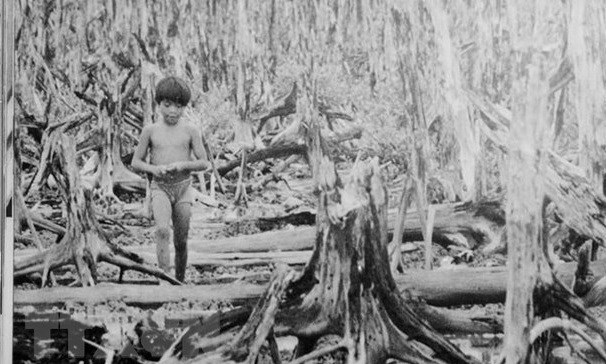



Impact Of Catastrophic Agent Orange Disaster Still Lingers Society Vietnam Vietnamplus
See "Agent Orange During the Vietnam War The Lingering Issue of Its Civilian and Military Health Impact" in volume 108 on page (p 731) recounts the impact of the Biafran famine on modern emergency public health Preparing this editorial, I came upon the Gun Control Act of 1968, which reminded me that in the sixties, gun violence did not become the major public health issue Agent Orange doesn't get as much press as it used to, but its profound lingering effects remains a significant international public health issue in 16 Read More Vietnam Veterans Still Have Sources Agent Orange was a powerful herbicide used by US military forces during the Vietnam War to eliminate forest cover and crops for North Vietnamese and Viet Cong troops The US program



The Vietnam War



Lingering Wounds Decades After Vietnam War Veterans Continue To Grapple With Effects Of Chemical Weapons
The latest in a series of congressionally mandated biennial reviews of the evidence of health problems that may be linked to exposure to Agent Orange and other herbicides used during the Vietnam But the most common 55gallon drum found on military bases was Agent Orange, which came in various strengths and made up about twothirds of the herbicides spread during the war In 1991, veteransAgent Orange During the Vietnam War The Lingering Issue of Its Civilian and Military Health Impact Am J Public Health 18 Jun;108(6) doi /AJPH




The Vietnam War And The Case For Painful History The Atlantic




Clarence Sims Vietnam War Oral History Archive
— During the Vietnam War, United States aircraft sprayed more than million gallons of herbicides, including dioxincontaminated Agent Orange The toxic legacy of the Vietnam War The US has launched a multimillion dollar cleanup operation at an air base in Vietnam it used to store the notorious chemical Agent OrangeThe use of chemicals during the Vietnam War has been linked to numerous health problems Vietnam became the first conflict that saw the widespread use of herbicides such as the defoliant Agent Orange Exposure has been linked to cancers, fertility issues and birth defects An extensive 05 study by the Department of Veteran Affairs found
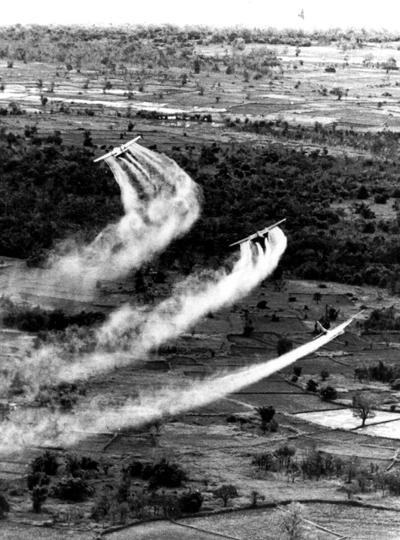



Navy Veterans Who Say They Were Exposed To Agent Orange In Vietnam Ask Va For Benefits Health Postandcourier Com



Agent Orange
The Lingering Killer Agent Orange Abstract This paper explores the utilization of the chemical herbicide, Agent Orange, as it was sprayed over Vietnam during the Vietnam War in 1961 to 1971 The United States government, military, and corporations acted irresponsibly by creating the chemical and spraying it as a war tactic The outcome ofAgent Orange, mixture of herbicides that US military forces sprayed in Vietnam from 1962 to 1971 during the Vietnam War for the dual purpose of defoliating forest areas that might conceal Viet Cong and North Vietnamese forces and destroying crops that might feed the enemy The defoliant, sprayed from lowflying aircraft, consisted of approximately equal amounts of theAgent Orange During the Vietnam WarThe Lingering Issue of Its Civilian and Military Health Impact See also Morabia, p 714;
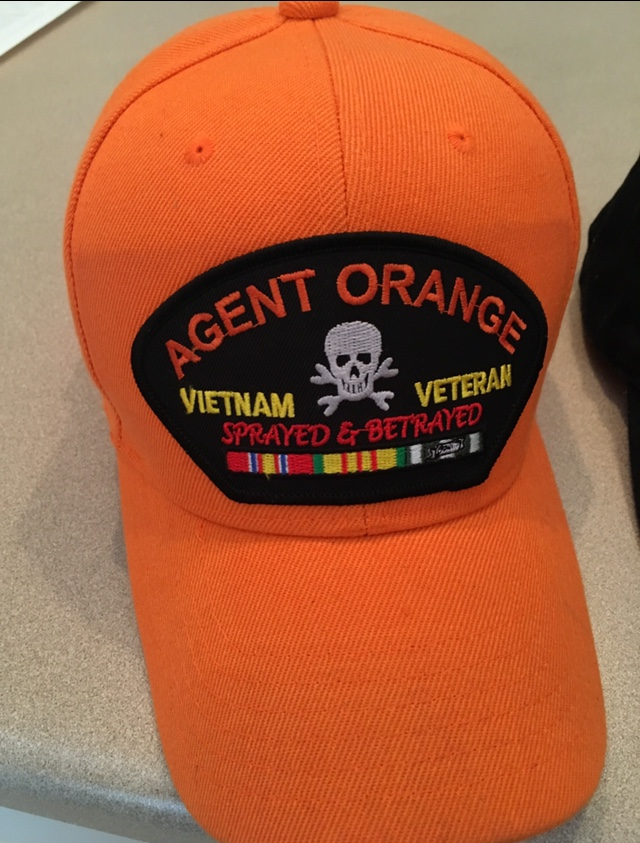



Clarence Sims Vietnam War Oral History Archive




Va To Announce Decision On New Agent Orange Presumptive Conditions Military Com
The US military sprayed millions of gallons of Agent Orange onto Vietnam's jungles during the conflict to expose northern communist troops Reuters photographer Damir Sagolj traveled through Vietnam to meet the people affected, four decades on If you are on the plane taking off from Danang airport in Vietnam, look through the window on yourAgent Orange is a herbicide and defoliant chemical, one of the "tactical use" Rainbow HerbicidesIt is widely known for its use by the US military as part of its herbicidal warfare program, Operation Ranch Hand, during the Vietnam War from 1961 to 1971 It is a mixture of equal parts of two herbicides, 2,4,5T and 2,4DIn addition to its damaging environmental effects, traces of dioxin44 The Use and Effects of Agent Orange in Vietnam Cain W Crouse Herbicides were sprayed by military forces of the United States during the Vietnam War () A debate has been waged since the early 70's as to whether the use herbicides are associated with diabetes, cancer, birth defects, and other serious ailments While this association has been denied, the effects of



Agent Orange During The Vietnam War The Lingering Issue Of Its Civilian And Military Health Impact Ajph Vol 108 Issue 6




Silent Exposure A Personal Agent Orange Vietnam War Story 13 Youtube
Militarycom By Jim Absher The VA offers health care and disability benefits for veterans who may have been exposed to Agent Orange and other herbicides during military service US aircraft sprayed million gallons of herbicides across Vietnam during the Vietnam War Dioxin, a contaminant in Agent Orange, persists today Image credits US Army Flight Operations The Vietnam Memorial lists the names of more than 58,000 Americans who died However, the wall does not document the names of the 28 million US veterans exposed to the deadly chemical Agent




Opinion The Forgotten Victims Of Agent Orange The New York Times




Agent Orange Exposed How U S Chemical Warfare In Vietnam Unleashed A Disaster The National Interest
Agent Orange During the Vietnam War The Lingering Issue of Its Civilian and Military Health Impact Autores Jeanne Mager Stellman, Steven D Stellman Localización American journal of public health, ISSN , Vol 108, Nº 6, 18, págs Idioma inglés Texto completo no disponible (Saber más ); As the United States fought its campaign against North Vietnamese forces during the Vietnam War, part of the military's strategy included the deployment of Agent Orange, a chemical weapon used to defoliate jungles to expose enemy positions The toxin was heavily used and has had disastrous health and environmental effects Now, the United States is leading Agent Orange As the United States fought its campaign against North Vietnamese forces during the Vietnam War, part of the military's strategy included the deployment of Agent Orange, a chemical weapon used to defoliate jungles to expose enemy positions The toxin was heavily used and has had disastrous health and environmental effects Now, the United States is leading Agent Orange




The Victims Of Agent Orange The U S Has Never Acknowledged The New York Times




Agent Orange History
For example, "If Agent Orange causes health problems, then mice experimentally exposed to TCDD, a contaminant of Agent Orange, during development will have more frequent birth defects than control mice" (figure \(\PageIndex{d}\)) Figure \(\PageIndex{d}\) The chemical structure of TCDD (2,3,7,8tetrachlorodibenzopdioxin), which is produced when synthesizing the chemicals in Agent OrangeRequest PDF On , Jeanne Mager Stellman and others published Agent Orange During the Vietnam War The Lingering Issue of Its Civilian and Military Health Impact Vietnam veterans have won a significant breakthrough in their battle for acknowledgment of the health impacts of wartime exposure to chemicals, including Agent Orange, with the Australian War




Agent Orange Exposure Va Disability Benefits Complete Guide
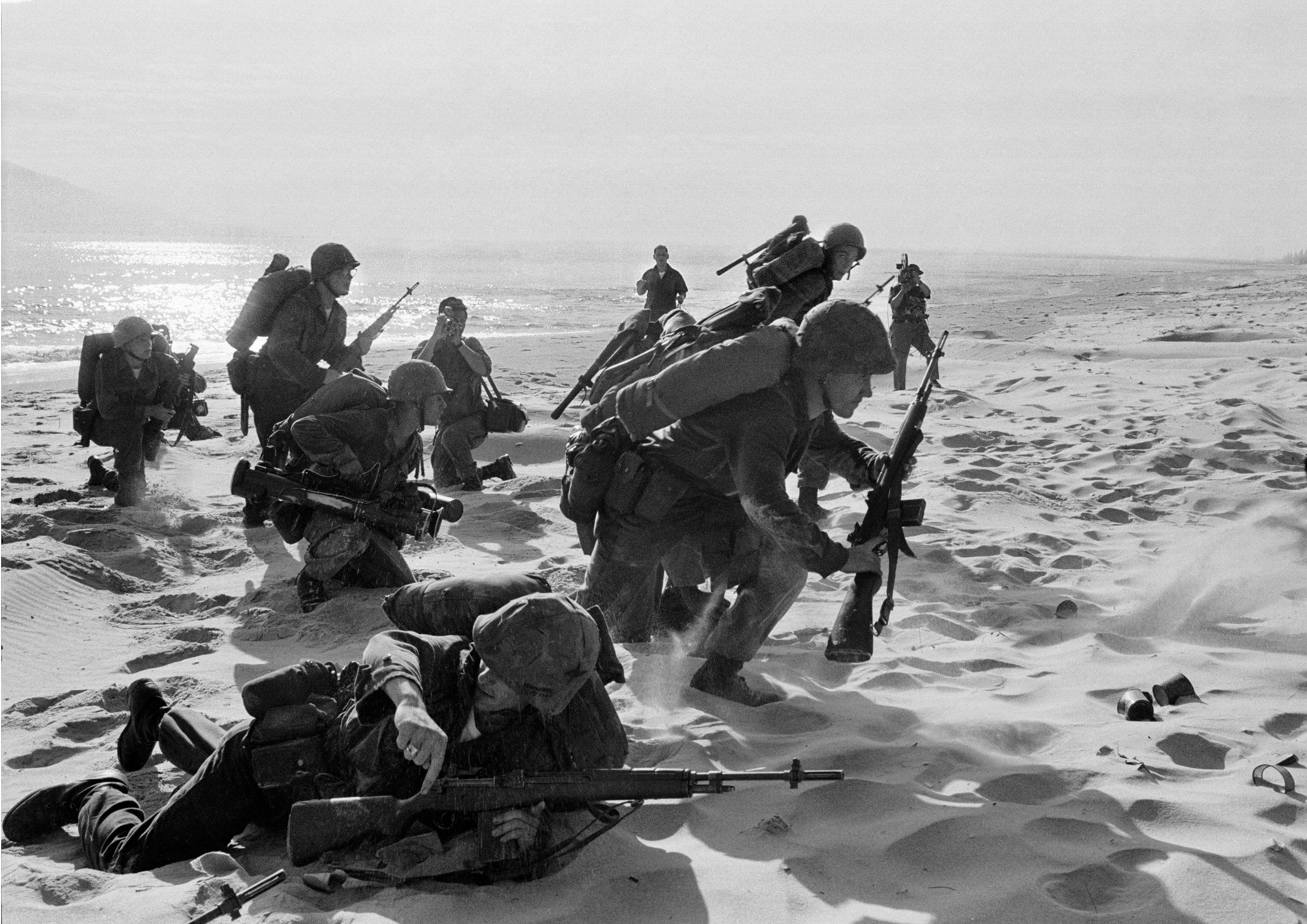



James Lyons Denying Agent Orange Benefits To Vietnam Vets Washington Times
And Phillips, p 731 Between 1961 and 1971, US and Republic of Vietnam forces sprayed more than 2 million gallons of military herbicides to defoliate forests and mangroves inwhatwasthenSouthVietnamto Agent Orange During the Vietnam War The Lingering Issue of Its Civilian and Military Health Impact READ THE STORY Agent Orange During the Vietnam War The Lingering Issue of Its Civilian and Military Health Impact Jeanne Mager Stellman PhD, and Steven D Stellman PhD, MPHAuthor affiliations, information, and correspondence detailsAgent Orange during the Vietnam war the lingering issue of its civilian and military health impact Yi, S W (13) Cancer incidence in Korean Vietnam veterans during the Korean veterans health study Journal of Preventive Medicine and Public Health, 46 (6), 309 Stellman, S D, & Stellman, J M (14)




Agent Orange Exposed How U S Chemical Warfare In Vietnam Unleashed A Slow Moving Disaster



2
The US military used at least 11 million gallons of Agent Orange in Vietnam from 1961 to 1972 (Wikimedia Commons) New research could help Vietnamera veterans who served in Guam and who have The ecological, health, and legal issues created by the use of chemical defoliants during the Vietnam War are complex, internationally debated, and continue to the present day US military personnel who were exposed to Agent Orange while serving in Vietnam have litigated the issue for decades, seeking compensation for medical care resulting from Agent OrangeAdditionally, individuals in Vietnam during this period were not the only ones exposed to this carcinogen as Agent Orange also was sprayed in Thailand and Korea 5 Even today there are still locations in Vietnam where Agent Orange concentrations exceed internationally acceptable levels The Da Nang, Bien Hoa, and Phu Cat airports in Vietnam have been found to have dioxin levels
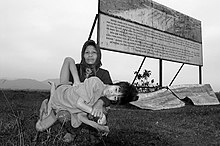



Herbicidal Warfare Wikipedia




Ptsd And Vietnam Veterans A Lasting Issue 40 Years Later Public Health
Agent Orange got its name, not from the color of the chemical, but from the orangestriped drums in which it was stored during the war Agent Orange and the Vietnam War One of the darkest epochs of the Vietnam War was the period between 1962 and 1971, when the entire rural land of the country and the neighboring areas seemed to lose all its vegetation Agent Orange During the Vietnam War The Lingering Issue of Its Civilian and Military Health Impact Jeanne Mager Stellman Jeanne Mager Stellman is with the Department of Health Policy and Management, Mailman School of Public Health, Columbia University, New




Agent Orange History




Pdf The Extent And Patterns Of Usage Of Agent Orange And Other Herbicides In Vietnam
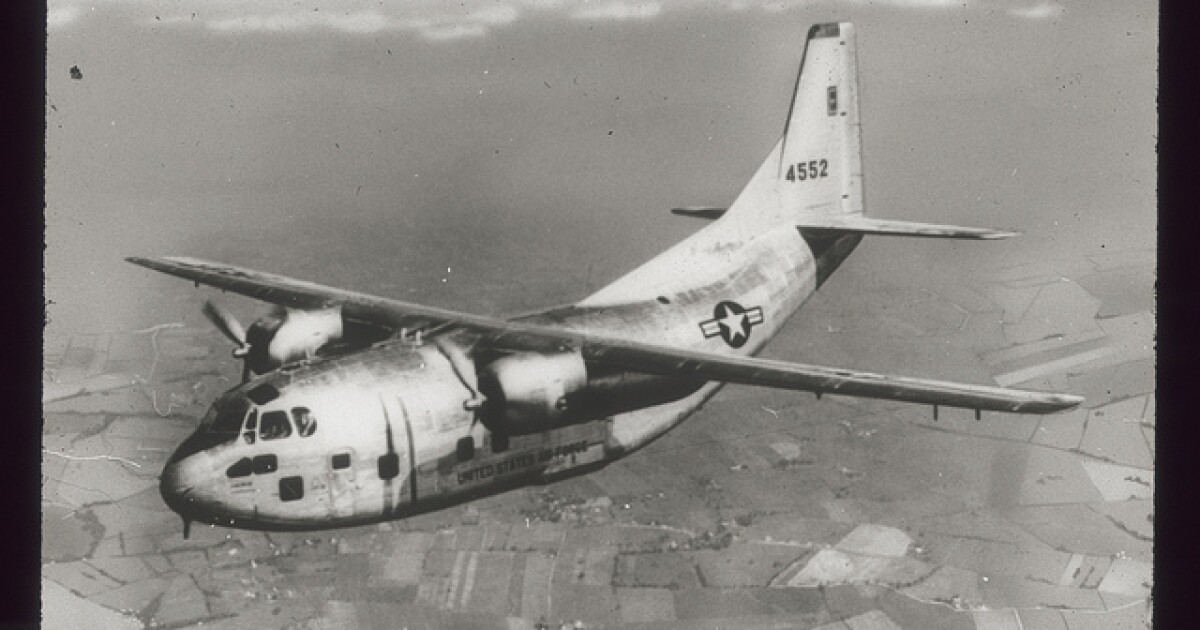



Air Force Reservists Seek Answers On Agent Orange In C 123 Cargo Planes Wyso




The Lingering Health Impacts Of Agent Orange During The Vietnam War Columbia Public Health



Agent Orange
:quality(70)/cloudfront-us-east-1.images.arcpublishing.com/mco/LGZOPR4EDNDAXIDZZ66RULGWIU.jpg)



Troops Exposed To Agent Orange Outside Of Vietnam Could Be In Line For Presumptive Benefits




The Shocking Health Effects Of Agent Orange Now A Legacy Of Military Death
:quality(70)/cloudfront-us-east-1.images.arcpublishing.com/mco/SOIJBJ33YRGZDJNKVQMDZCOTIA.jpg)



Troops Exposed To Agent Orange Outside Of Vietnam Could Be In Line For Presumptive Benefits




Agent Orange History



Agent Orange




The Children Of Agent Orange Propublica



The Vietnam War
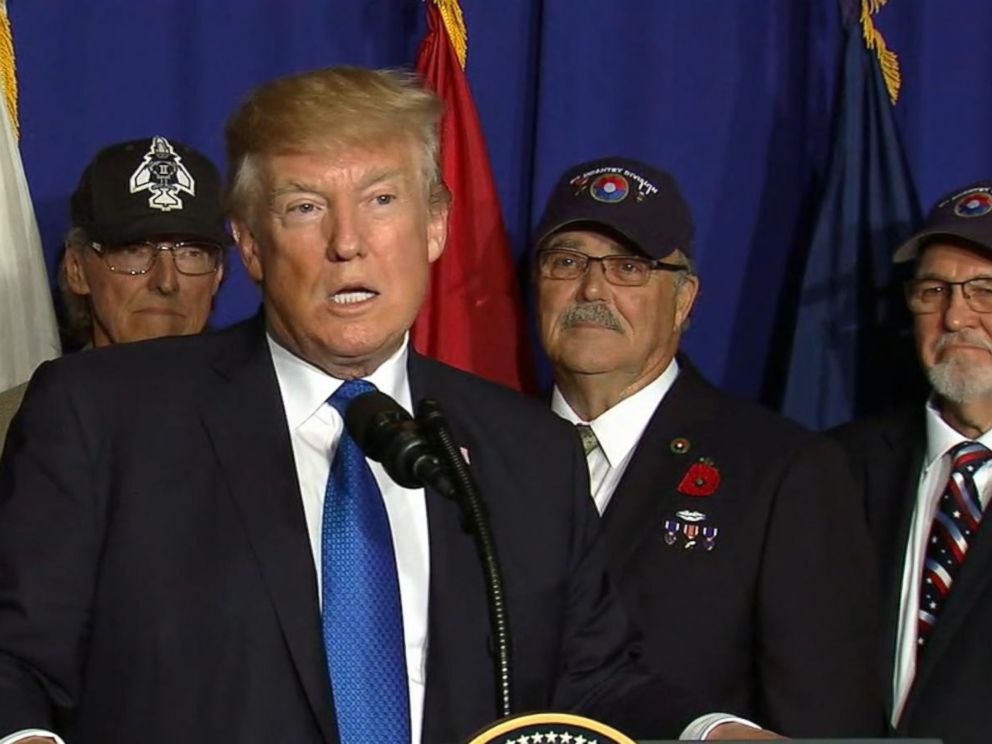



Vietnam War Veterans Kids Say Agent Orange Impact A Nightmare Abc News



Lingering Wounds Decades After Vietnam War Veterans Continue To Grapple With Effects Of Chemical Weapons




Agent Orange S Reach Beyond The Vietnam War The Washington Post




Vietnam War Survivors Still Living In The Aftermath Of Agent Orange 8news




Vietnam War At 50 What Has Been The Legacy Of Agent Orange Illinois




The Victims Of Agent Orange The U S Has Never Acknowledged The New York Times



Www Aspeninstitute Org Wp Content Uploads 18 12 Cbailey Speech European Parliament Nov 28 18 Final Pdf



Agent Orange U S Vietnam Struggle Over Dioxin Legacy Time



Www Aspeninstitute Org Wp Content Uploads 18 12 Cbailey Speech European Parliament Nov 28 18 Final Pdf




Dark Legacy Long After The End Of The Vietnam War New Questions Raised About Agent Orange Exposure Including For Soldiers And Civilians In The U S And Abroad



Lingering Wounds Decades After Vietnam War Veterans Continue To Grapple With Effects Of Chemical Weapons
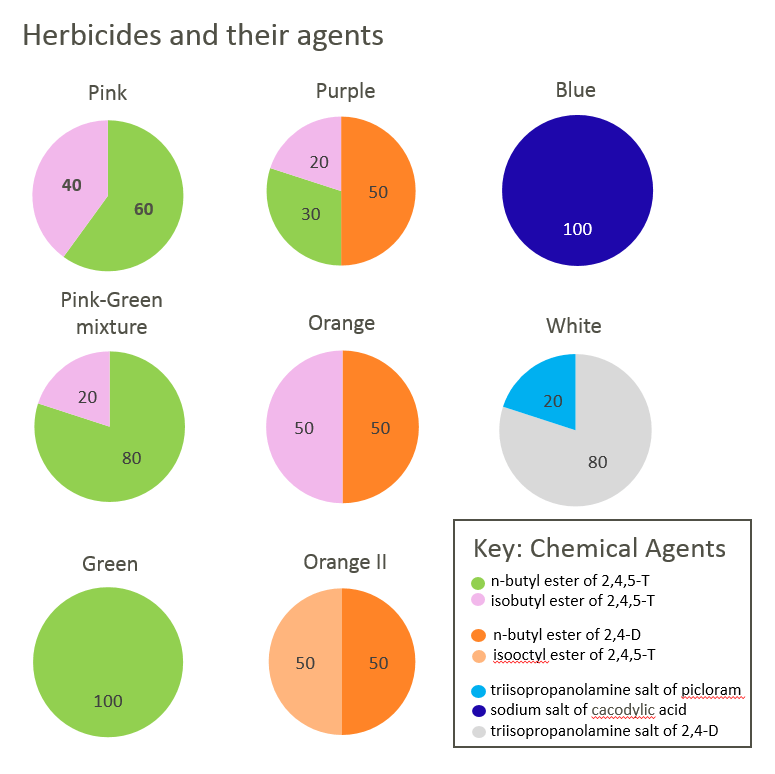



Agent Orange Symptoms And Effects Explained Cck Law
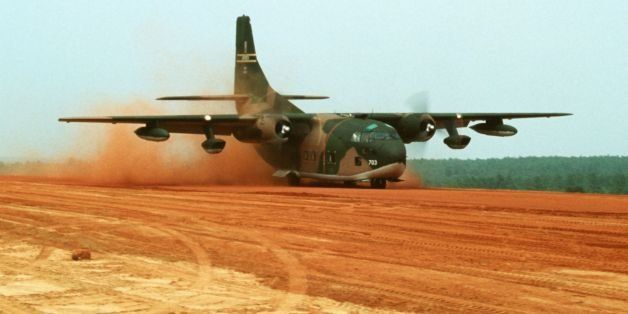



Agent Orange Posed A Health Threat To Servicemen Long After Vietnam Study Huffpost




Vietnam War Survivors Still Living In The Aftermath Of Agent Orange 8news




Agent Orange History




Agent Orange S Shameful Legacy The Week




Impact Of Agent Orange C Span Org




The 40 Year War Agent Orange Casualties Keep Mounting Pennlive Com



The Aftermath Of Agent Orange Combating Slow Violence Necropolitics And Stigma In Vietnamese Communities Inquiries Journal




Pdf Dow Chemical And Agent Orange In Vietnam




Agent Orange History




Agent Orange History




Agent Orange Exposed How U S Chemical Warfare In Vietnam Unleashed A Slow Moving Disaster



Before




Agent Orange S Long Legacy For Vietnam And Veterans The New York Times




Research Delays Push Back Va Decision On New Agent Orange Conditions Military Com




Photo Of Three C 123 Aircraft Sorties Dispersing Herbicides During A Download Scientific Diagram




Agent Orange During The Vietnam War The Lingering Issue Of Its Civilian And Military Health Impact Ajph Vol 108 Issue 6




Choropleth Plot Of Vietnam For June 1969 Showing Intensity Of Exposure Download Scientific Diagram
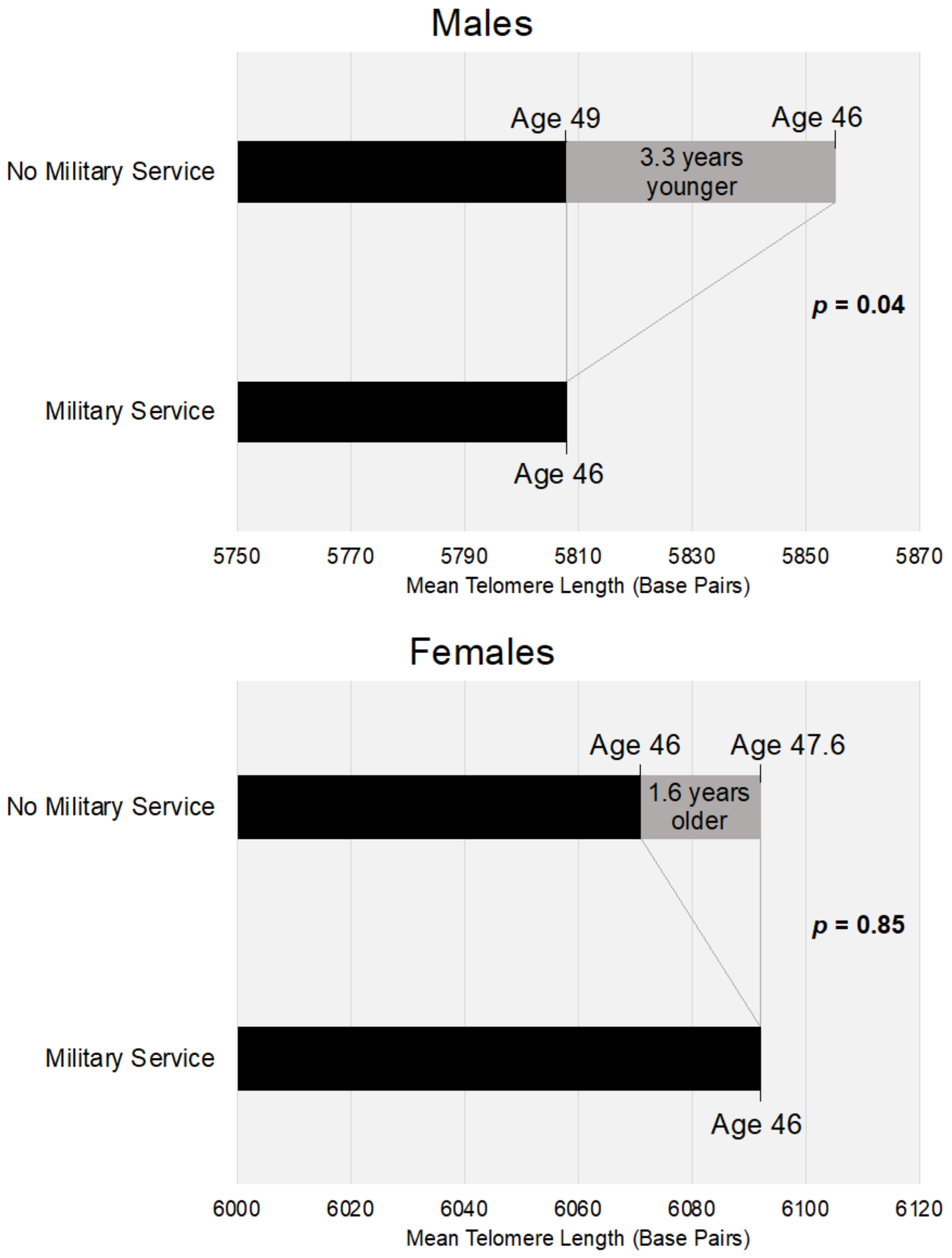



Ijerph Free Full Text Telomere Shortening And Accelerated Aging In Us Military Veterans Html




Agent Orange History
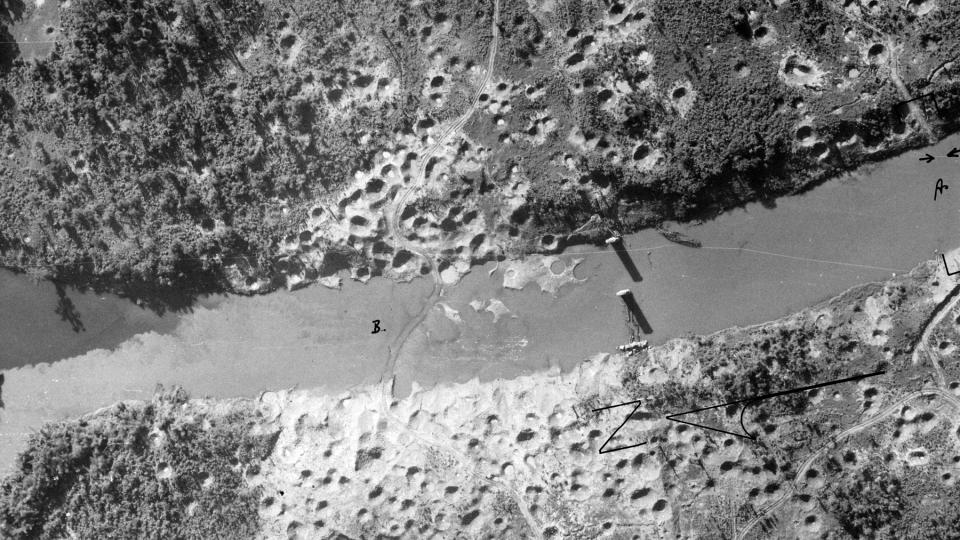



The Origins Of Ecocide Revisiting The Ho Chi Minh Trail In The Vietnam War Environment Society Portal




Agent Orange Military Benefits




Agent Orange History




Agent Orange Lasting Side Effects



Ajph Aphapublications Org Doi Pdf 10 2105 Ajph 18




Vietnam Still Suffering With Pollutants From Agent Orange Technology Networks




The Vietnam War And The Case For Painful History The Atlantic




Agent Orange Exposed How U S Chemical Warfare In Vietnam Unleashed A Slow Moving Disaster
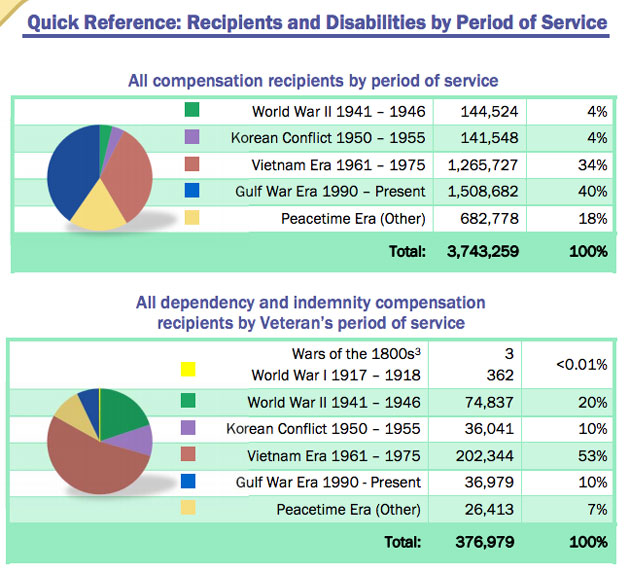



Agent Orange Act Was Supposed To Help Vietnam Veterans But Many Still Don T Qualify
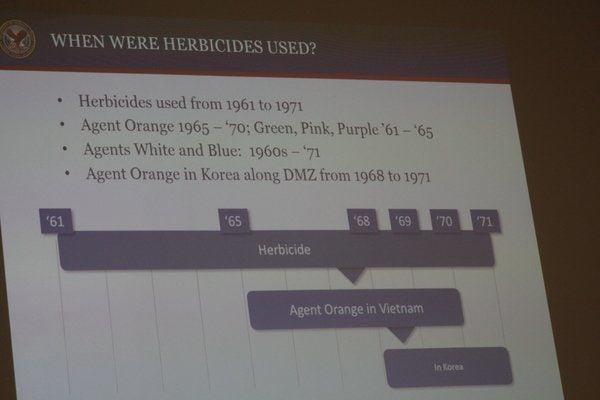



Vietnam Vets Hear About Agent Orange Effects On Families Local News Thetimestribune Com
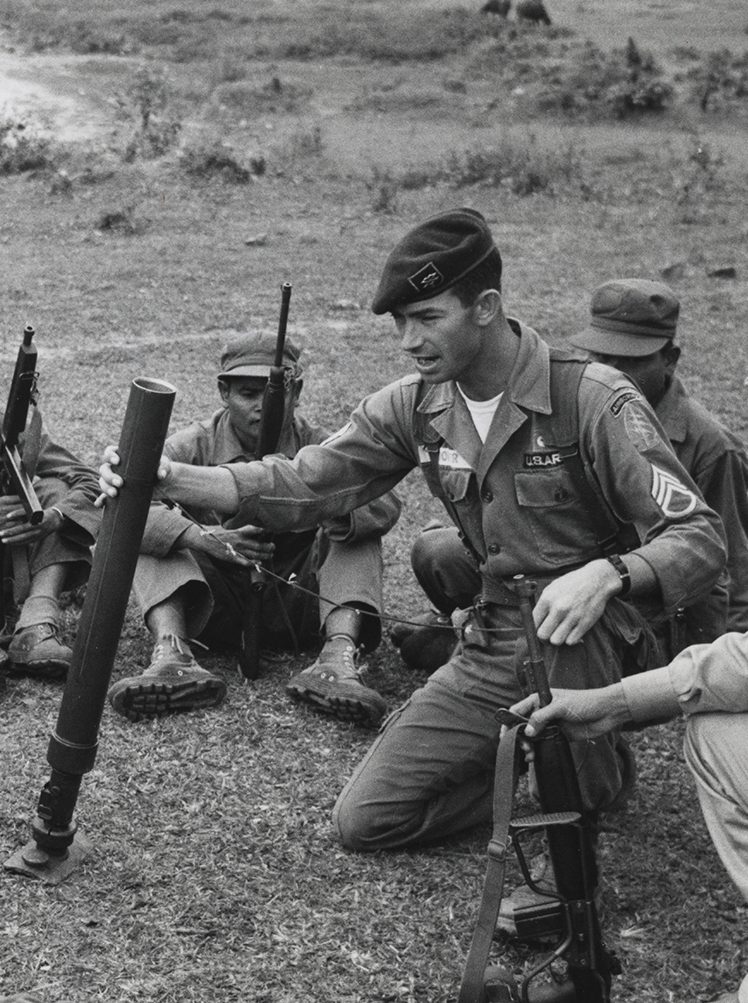



The Vietnam War Background And Overview History




The 40 Year War Agent Orange Casualties Keep Mounting Pennlive Com




Aspph Columbia Research Focuses On The Lingering Health Impacts Of Agent Orange During The Vietnam War
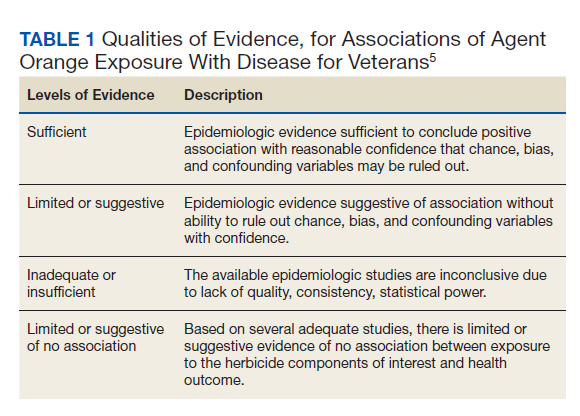



Three Primary Cancers In A Veteran With Agent Orange And Agent Blue Exposures Federal Practitioner
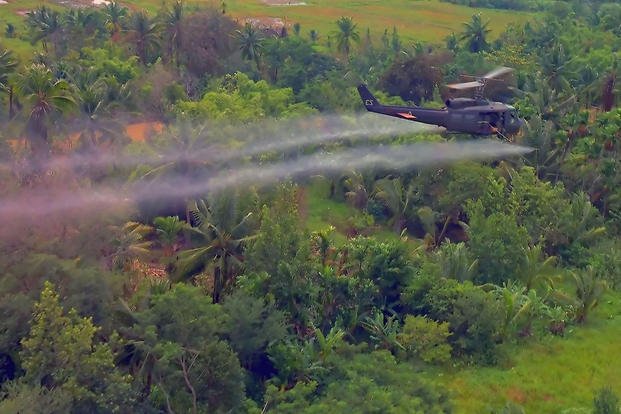



Va Won T Fight Court Ruling Awarding Payments To Blue Water Navy Vietnam Vets Military Com




The 40 Year War Agent Orange Casualties Keep Mounting Pennlive Com




Clarence Sims Vietnam War Oral History Archive




Agent Orange How Veterans Can Deal With The Long Term Health Effects Aging Well Us News
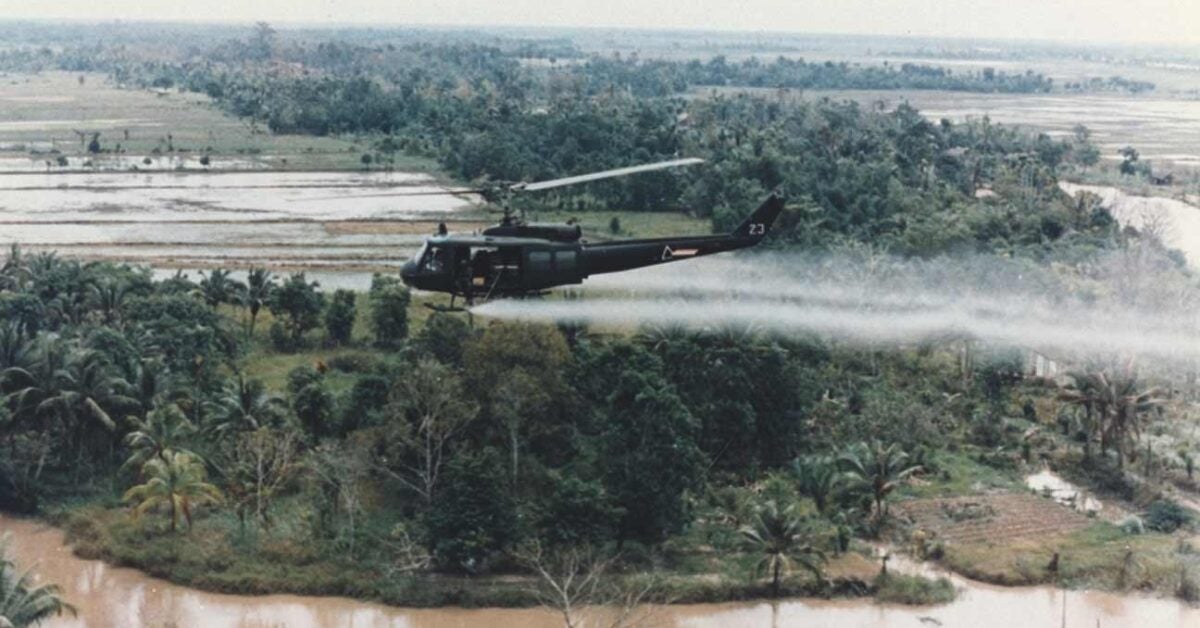



Agent Orange Lasting Side Effects




Agent Orange History




Agent Orange History




Pdf The Extent And Patterns Of Usage Of Agent Orange And Other Herbicides In Vietnam
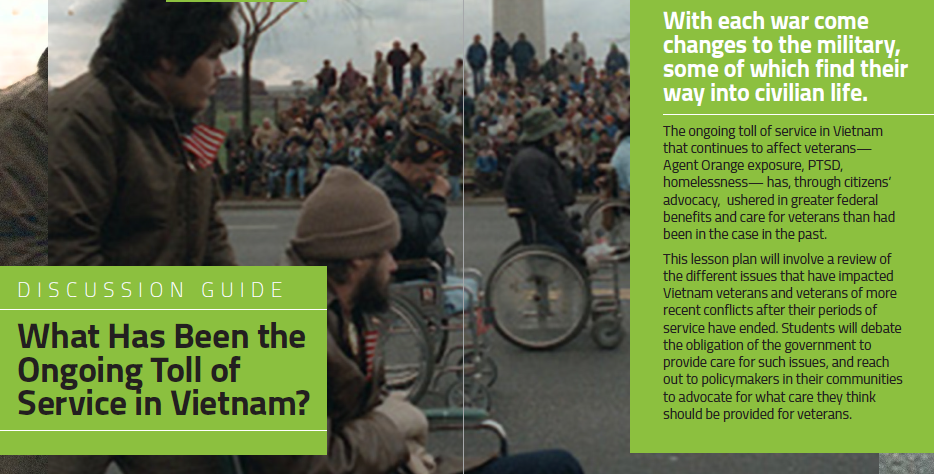



Agent Orange Vietnam Veterans Memorial Fund




Why Hasn T The Government Learned Anything From The Agent Orange Health Crisis Task Purpose




Mccain Cancer And Agent Orange



10 Neurobehavioral Effects Veterans And Agent Orange Health Effects Of Herbicides Used In Vietnam The National Academies Press



The Shocking Health Effects Of Agent Orange Now A Legacy Of Military Death




Agent Orange History
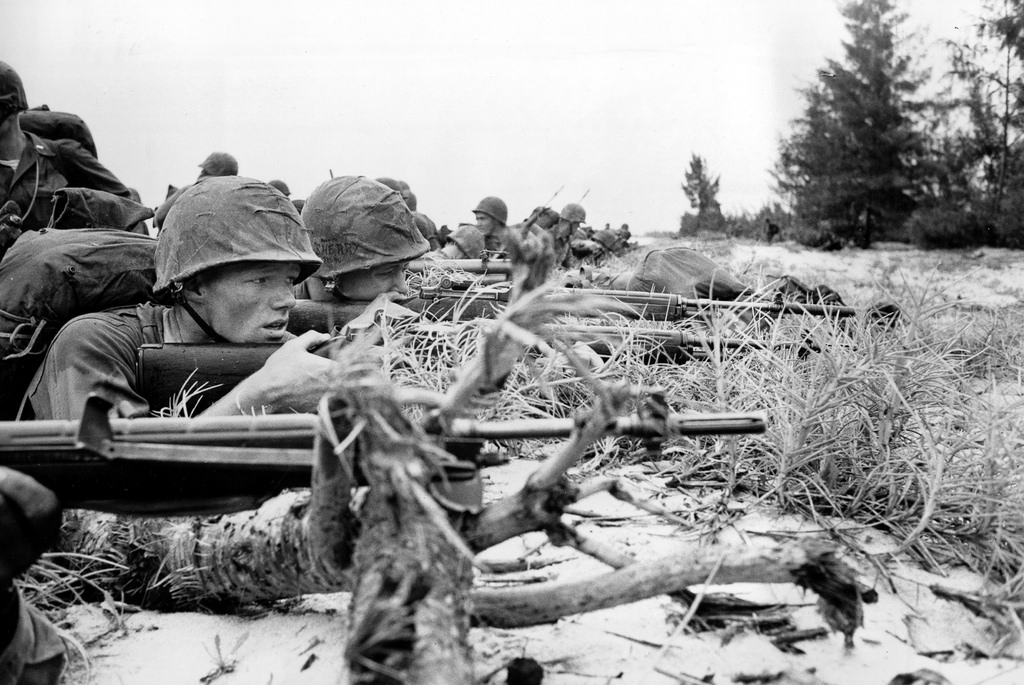



Agent Orange Exposure Disabled Veterans Benefits Attorneys Injured Veterans




Disability Compensation For Vietnam Veterans Exposed To Agent Orange Public Health




Agent Orange Presumption Policy Leads To Higher Va Health Care Use Vantage Point




Agent Orange History




Agent Orange History




The Origins Of Ecocide Revisiting The Ho Chi Minh Trail In The Vietnam War Environment Society Portal




The Lingering Health Impacts Of Agent Orange During The Vietnam War Columbia Public Health




Vietnam Vets Ongoing Battle For Agent Orange Compensation
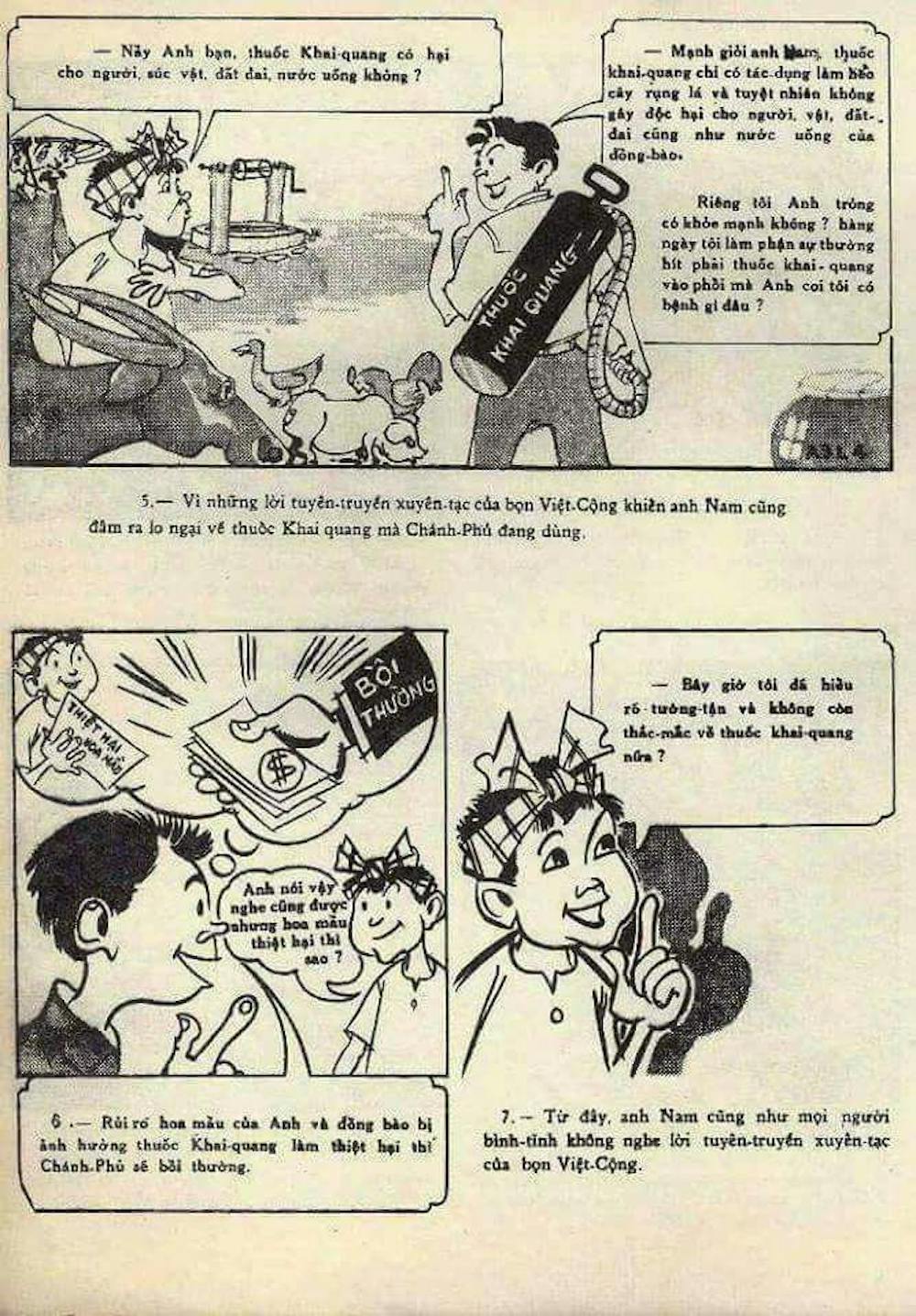



Agent Orange Exposed How U S Chemical Warfare In Vietnam Unleashed A Slow Moving Disaster


